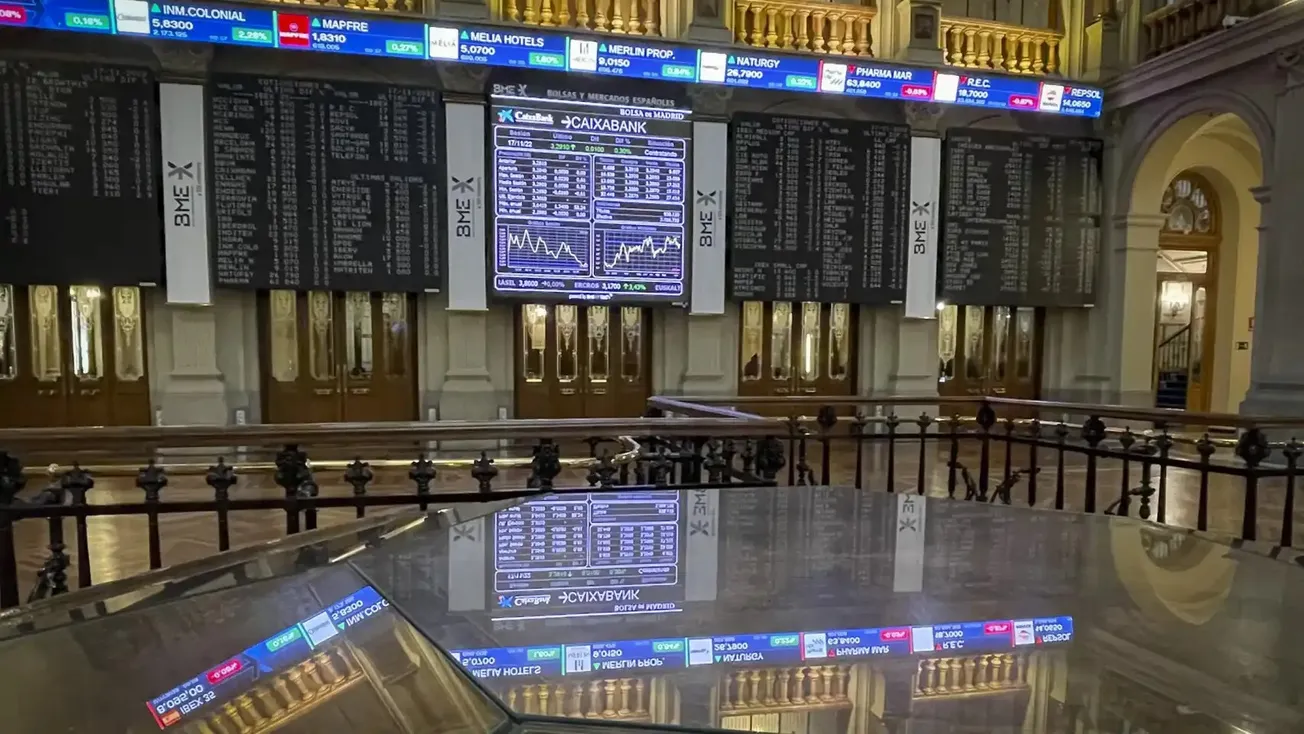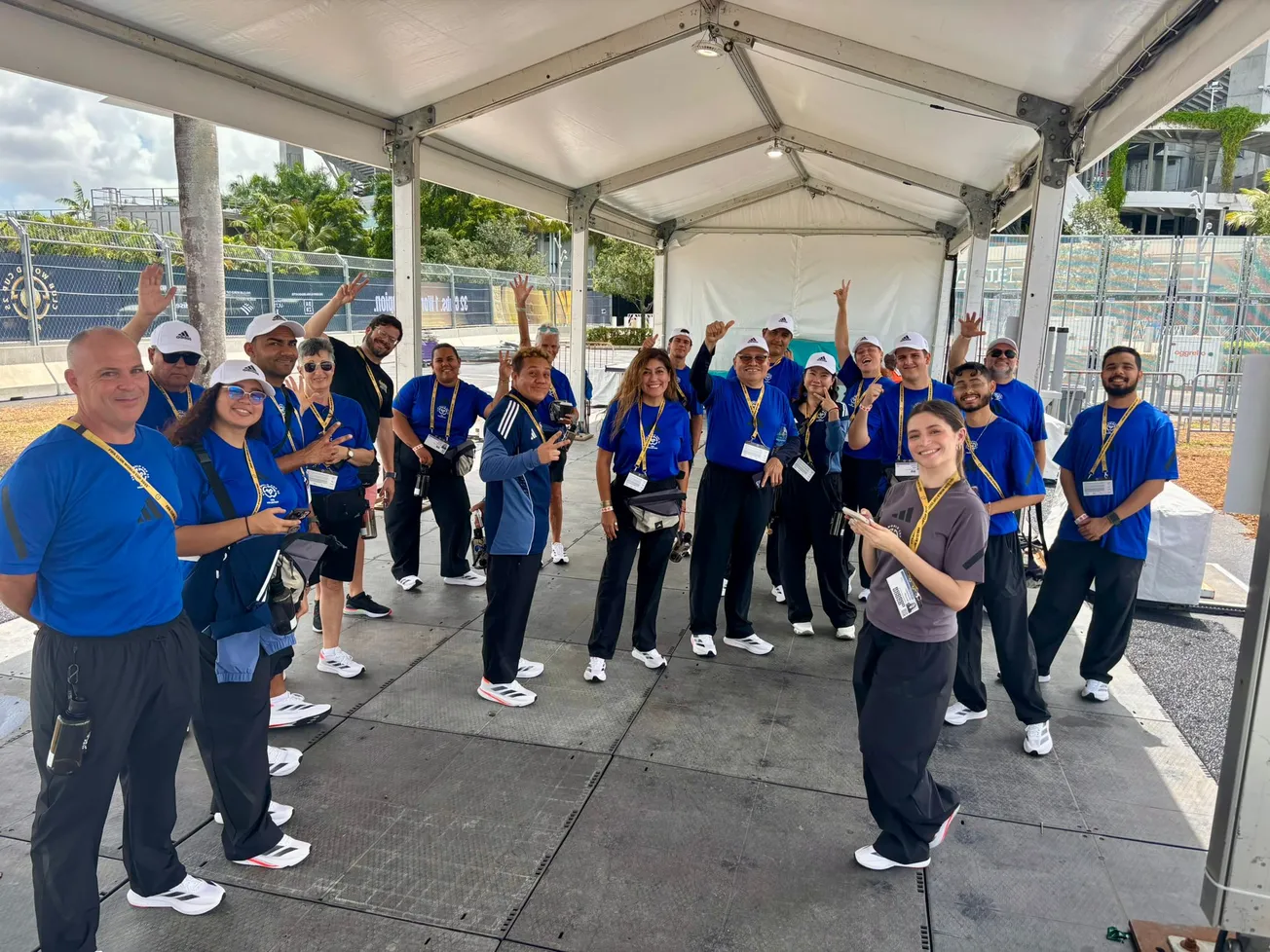
Artist and organizer Omolara Williams McCallister talking to the group before going out.

Tiana (wearing a cap) with author Rod Brana, in front of the White house, Saturday Sept. 5, 2015

Author Rod Brana, (left) with other "Racists" — some from the Cedar Lane Universalist Unitarian Church, where the author learned about the event, Sept. 5, 2015.

The Performance "Today I Claim My Racism", Sept. 5, 2015 in Washington, DC.
It is Saturday morning and a beautiful day to be a racist. I wonder what I have gotten myself into: along with a handful of other people, I volunteered to walk around the city and spend the best part of the day with a black T-Shirt with large white letters spelling “Racist” across the chest. The tag line “and the first step is to admit it,” in letters one-sixth the size smaller, are our only safeguard against the curiosity, alarm and possible anger our attire may instill.
This is all part of a Public Art Performance created by artist Omolara Williams McCallister. It was also a civic action in solidarity with BlackLivesMatterDMV (District of Columbia, Maryland and Virginia). We gathered at Dupont Circle at 10 AM for a quick orientation and words of encouragement. “Take a buddy,” we were told. Know how to disengage from a conversation turning confrontational, “…thanks for taking with me, I am not moving on.”
From Dupont Circle, the Public Art Performance disperses on a canvas of streets and parks. Tania and I, the art pixels, head towards the National Mall. We had been informed there is a “Southern Heritage” action taking place there, somewhere, this morning. It is not clear what we hope to accomplish by approximating such a group — whose Facebook page leaves little doubt that they may prefer our shirt’s large letters without the tag line. What is clear is that we want to get eyeballs and engage in conversation, if possible, about racism. So we walk.
The stares, the averted gazes, the frowns and whimsical looks make me very self-conscious. People check out the front and, confused, after walking what they may considered a safe distance behind, turn their heads to see our backs, where the hash-tags #racismspeaks, #solidaritrees and #blacklivesmatterDVM provide further context to our message.
We do not find the “heritage” group, which is probably not a bad outcome. We engage a number of groups in conversation about race, racism and how it seeps into so much of our daily lives. How our context often seems to ooze rules of engagement that depend on our notions of race. From small things, maybe choosing where to sit in a public park, to blatant messages of racism bombard us every day. Most of these messages we get; some we, ourselves, send. Today we are sending a message that is hard to ignore. Most of the people who engage in conversation are initially hesitant but eventually are open and supportive. At the steps of the National Art museum, two young women visiting from upstate NY consider our action “courageous.” I thank them and confess how uncomfortable I really feel underneath, but also how hopeful it is to hear people like them. Daniel and Walker, two African Americans, immediately “get it.” They tell about a life of living with some of the same feelings we are only superficially experiencing with our shirts. We talk about the role of personal responsibility vis a vis the role of a system in which race is a huge role. A young African American woman at the Starbucks comes close and says, in a hush voice as to not be heard by other clients: “I love your shirt.” Another group we find near where the “heritage” group was supposed to meet asks where they can get a shirt like this – we are left to ponder if the large or small letters inspires them more.
We are also left to ponder how the stares and the weight of the assumptions we sense being made about us approximates, in a very small way, how it feels to be under the constant pressure of racism. Often times it takes one person in a group to disagree with a wrongful statement made by someone who appears to be an authority for others to feel empowered to also disagree. Similarly, we hope that our role as pixels with a message has accomplished some of that empowerment to speak about racism.
Our day as art elements will come to an end at a BBQ organized to share our experiences, later today. In the meantime, the T-Shirt doesn’t feel any easier to wear, but we sense a small transformation in ourselves taking place. We are more comfortable taking, engaging. No one likes the label, yet racism clearly exists. I come to the realization that racist is not black or white: It is many shades of grey.
————————————————————————————————————————
Rod (Rodrigo) Brana is a native of Chile.
Rod is an architect, business-owner, involved in various non-profit social action groups and activities. He lives in Bethesda, Maryland.










